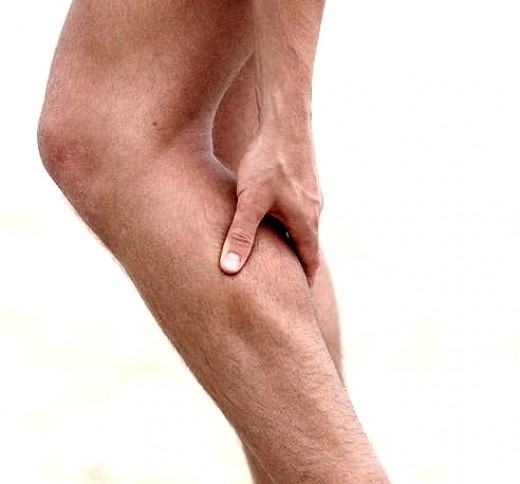Chemotherapy-induced peripheral neuropathy (CIPN) is known to negatively affect quality of life and can necessitate dose reductions of anticancer drugs. There is, however, no consensus of an effective strategy to improve CIPN. For the present study, researchers evaluated massage therapy as primary prevention and as a treatment option for CIPN.
For this prospective study, investigators enrolled 62 patients receiving cytotoxic chemotherapy. All participants underwent 2 massage therapy sessions; CIPN was measured using a validated survey instrument at baseline, after the first session, and after the second session.
Nearly all patients reported at least 2 CIPN-related symptoms. The most common symptoms were numbness and tingling of feet, numbness and tingling of feet, feeling weak all over, trouble walking, and joint pain or muscle cramps.
After the first massage therapy session, between 52% and 100% of patients reported improvement in CIPN-related symptom categories. Improvement in CIPN-related symptoms, with the exception of vestibulocochlear symptoms, continued from the first session to the second session of massage therapy.
Among the 25 patients initially prescribed analgesics, 56% had no progression of CIPN-related symptoms following the first session of massage therapy. After the second session, 38% of the 13 presenting patients reported no progression of symptoms, and 31% reported complete symptom resolution. Nearly one-third had symptom progression.
The findings suggest that clinicians should consider incorporating massage therapy as an approach to improving CIPN.
Reference
- Menendez AG, Cobb R, Carvajal AR, et al. Effectiveness of massage therapy (MT) as a treatment strategy and preventive modality for chemotherapy-induced peripheral neuropathy (CIPN) symptoms. Poster presented at: 2016 Palliative Care in Oncology Symposium; September 9-10, 2016; San Francisco, CA.
- http://www.cancertherapyadvisor.com/side-effect-management/massage-therapy-chemotherapy-peripheral-neuropathy-treatment/article/523534/








